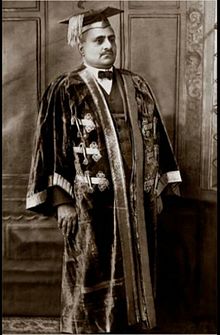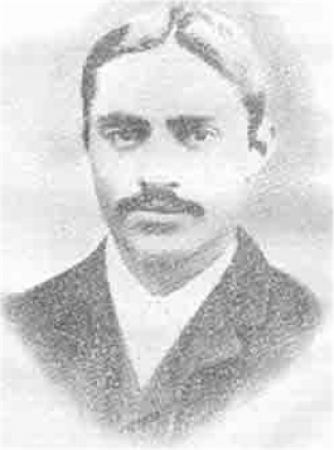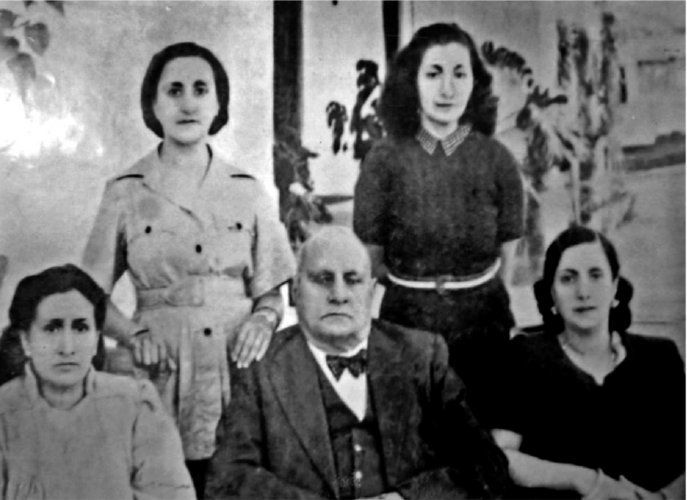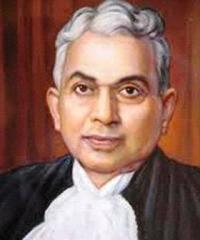In 1821, Scott wrote: India is ‘the corn chest for Scotland, where we poor gentry must send our youngest sons as we send our black cattle to the South’. Scott’s novella, A Surgeon’s Daughter, is partly set in India and friends serving there helped with details. One of these was Colonel James Fergusson who, after his return from India, in 1823, had settled at Huntlyburn, a house on Scott’s Abbotsford estate. As he approached the end of The Surgeon’s Daughter and the scene shifted from Britain to India, Scott felt he needed Fergusson’s help:
‘I cannot go on with the tale without I could speak a little Hindhanee, a small seasoning of curry powder — Fergusson will do it if I can screw it out of him'.
The problem was that Fergusson was not always there when wanted:
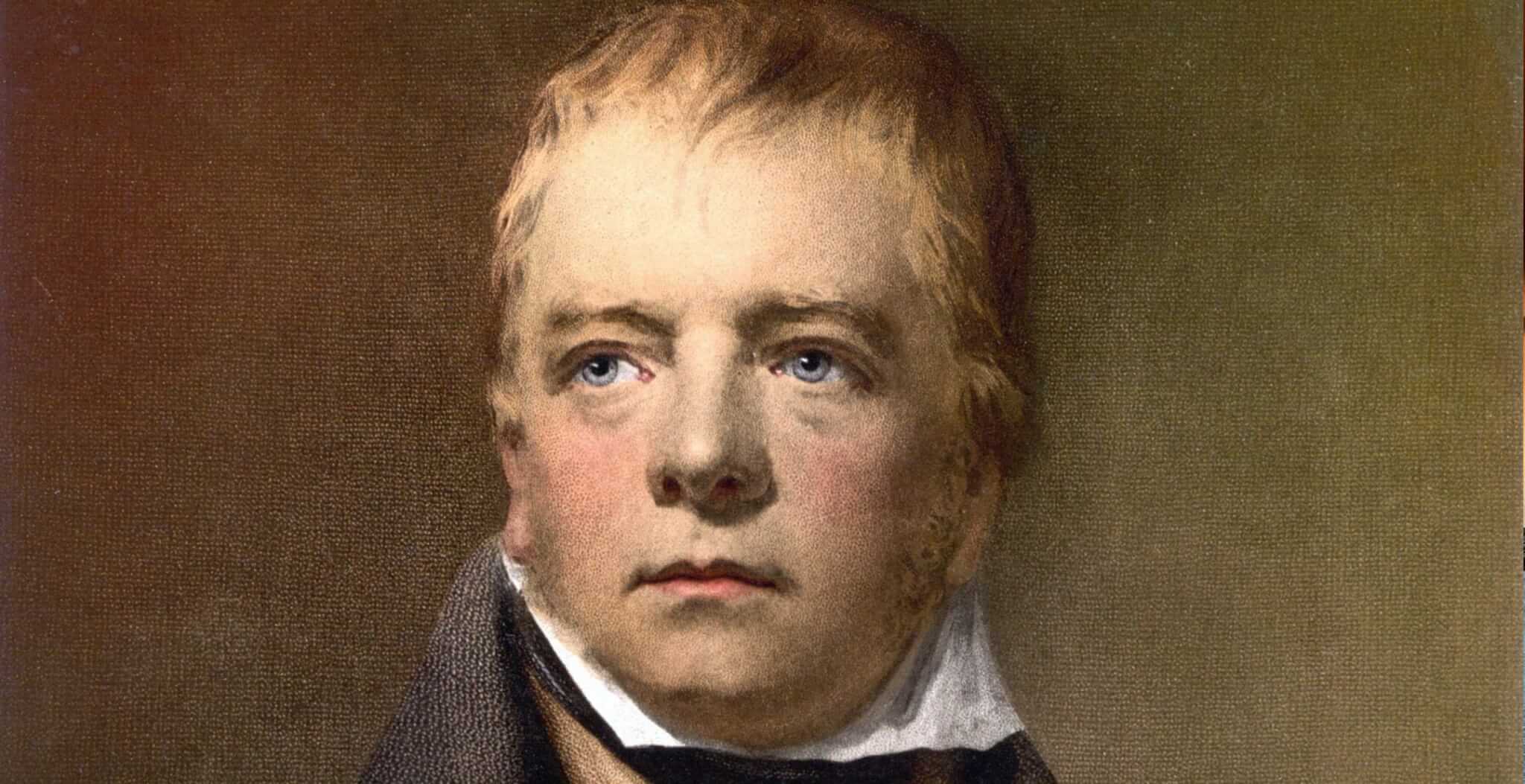 |
| Walter Scott |
Ferguson provided some written material that Scott, describing it as ‘highly picturesque’, incorporated directly into his novel.
Family, like brother Robert and cousin James Russell, were in the East India Company; his wife Charlotte received about £40,000 annually (today’s value) from her brother in India; his brother Robert died young. His uncle Colonel William Russell of Ashestiel served with both the East India Company and the army in Madras. His cousin James Russell was born in India and served in the Madras Native Cavalry. His brother-in-law Charles Carpenter was a 'commercial resident' at Salem in South India. Many of Scott's childhood neighbours in George Square, Edinburgh, had Indian connections, as did his Border friend and fellow ballad-collector John Leyden.
When his other son Charles was offered a place as a lawyer in India, Scott promptly had the offer postponed and ensured that Charles never went, and when the daughters of his dead friend William Erskine planned to go to India, Scott offered only reluctant approval because he could not see any other path for them. Evidently, the experience of so many deaths amongst those he had sponsored to go there had cooled his enthusiasm for India as a place of opportunity.
Typical of Scott’s personal engagement with India include his active involvement in finding friends, the sons of friends and clients' places in India and then promoting their careers with letters to the governing powers. In addition to his nephew (another Walter Scott), he helped his cousin, Patrick Meik, John Leyden, the son of neighbours in the Borders, and the two sons of the poet Allan Cunningham. Amongst gifts of Indian origin, he received from David MacCulloch, formerly a merchant in Bengal, a sword that was claimed to be that of Tipu Sultan. Sadly, his letters also record the deaths in India of Richard Lockhart, his son-in-law’s brother, and of the brothers Hugh and John Scott (sons of Francis Scott of Beechwood and his distant cousins) who died in India within a month of each other, as well as the death on his way back from India of the eldest son of his friend William Adam of Blairadam. Given all this, it is perhaps not surprising that Scott had mixed feelings about India as a destination for Scotland’s sons (and daughters). When his elder son, Walter, hoped to go to India with his regiment Scott opposed it resolutely:
'in the Kings service […] you can get neither experience in your profession nor credit nor wealth nor anything but an obscure death in storming the hill fort of some Rajah with an unpronounceable name […] or if you live it is but to come back 20 years hence a lieutenant or captain with a yellow face a diseased liver and not a rupee in your pocket to comfort you for broken health.'
The Surgeon's Daughter was written between 20 June and 16 September 1827 and published as the third and final tale in Chronicles of the Canongate.
The main story of The Surgeon's Daughter was transmitted to Scott by a regular informant, a Galloway excise officer Joseph Train (1779‒1852). For details of life in India, Scott owned three useful publications: A History of the Military Transactions of the British Nation in Indostan (1775‒78) by Robert Orme; Captivity, Sufferings, and Escape of James Scurry, who was detained a prisoner during ten years, in the Dominions of Hyder Ali and Tippoou Saib (1824) and Narrative Sketches of the Conquest of the Mysore, Effected by the British Troops and their Allies, in the Capture of Seringapatam, and the Death of Tippoo Sultaun (1800).
As acknowledged in the 'Magnum Opus' edition of Chronicles of the Canongate (1831), 'The Surgeon's Daughter' was inspired by an anecdote related to Scott one morning by Joseph Train(1779‒1852), Gallowegian excise officer and antiquarian, who also supplied material for Guy Mannering, Old Mortality, and Red Gauntlet. Train's narrative, a version of which he submitted for the 'Magnum Opus' edition, involved an unscrupulous adventurer who tricks a surgeon's daughter into travelling to India so that he might hand her over to an Indian prince. It has not to date been established whether Train's anecdote derives from a true story.
Scott's most significant source, however, was Colonel James Ferguson (1778-1859), the younger brother of one of Scott's closest friends Sir Adam Ferguson. Ferguson returned to Scotland in 1823, after spending twenty-five years in India, and came to live with his two sisters at Huntlyburn on Scott's Abbotsford estate. As he worked on The Surgeon's Daughter, Scott felt increasingly hampered by his lack of first-hand knowledge of Indian life. As he wrote in his Journal (22 August 1827), the tale required 'a small seasoning of curry powder'. He turned to Colonel Ferguson who obliged him with written sketches of Indian manners, ceremony, and protocol and with advice on the Anglo-Indian language. Some of Ferguson's material is reproduced almost verbatim in The Surgeon's Daughter. It is from Ferguson too that Scott derives the punishment of death by an elephant that is inflicted on Richard Middlemass.
 |
| Hyderali as pretended fakir |
 |
| Robert Orme |
Dr Alexander was a surgeon in the service of the Company, at Anchuthengu Factory, in 1707. Robert Orme was sent to London, only to come back to India in later years.
Robert was sent to his aunt, Mrs Robert Adams, when he was two; he studied at Harrow School during 1734-1741, under Dr James Cox. He spent a year at the Accountant General's office of the Royal African Company, before joining the mercantile house of Jackson and Wedderburn at Calcutta in 1742 and entering the East India Company's service as a Writer, in 1743. His elder brother, William was already a Writer at the Company's Calcutta office. Robert Orme gained deep knowledge of Indian customs. He considered Indians generally and Bengalis especially, effeminate, and attributed the climatic conditions to the character. In the 1761 article, The Effeminacy of the Inhabitants of Indostan, he wrote: Breathing in the softness of the climates, having few real wants; and receiving even the luxuries of other nations with little labour, from the fertility of their own soil, the Indian must become the most effeminate inhabitant of the globe, and this is the very point at which we now see him.
He was appointed member of the Council of Fort St George at Madras, from 1754 to 1758. During that period, he took part in the Council deliberations on the Carnatic operations and was instrumental in sending the Young Robert Clive, as Head of the punitive expedition, against Siraj-ud-Dowlah, in 1757, to Calcutta, in the aftermath of the infamous Black Hole incident of Calcutta in 1756.
 |
| Anjengo Fort |
He bought a house in Harley Street, London, and spent his time writing. History of the Military Transactions was published in three volumes in 1763-78 and, Historical Fragments of the Mogul Empire, the Morattoes and English Concerns in Industan from 1659, was published in 1782. From 1769, till his death, he was the paid Historiographer of the East India Company. It was on the strength of his Military History, that he was appointed the Historiographer, and the military encounters of the British came through the writings of Robert Orme. It formed the foundation for many other works on India. Walter Scott had read the book in his youth and he relied heavily upon Robert for his novels, including, The Surgeon's Daughter, based in India. The Newcomes of Thackeray invokes Robert frequently.
Much of the money that Adams had made during his time in India is believed to have come from making loans of Tellicherry Factory funds to the Zamorin, who used it to fund his wars with the Dutch from Cochin and especially those at Chetwai (Chettuva).
These loans had not been sanctioned by the Board of Directors of the East India Company, and Robert Adams found himself in some difficulty when the Zamorin later defaulted on many of the repayments. Adams made a journey to Calicut in order to try to recover the money.
The EIC authorities fearful that he might abscond, placed his wife (sister to Alexander Orme at Anjengo.) under restraint at Tellicherry to prevent them both from running away. However after a while, she was able to board the Decker, a vessel bound for Fort St. George, Madras, and in this vessel, she collected her husband at Calicut.

